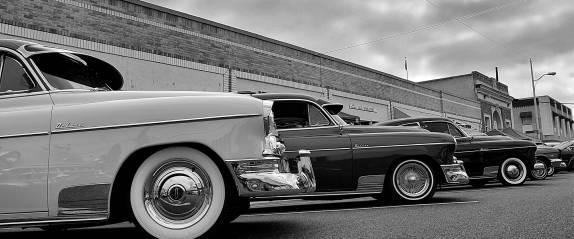
'Lowriting' explores Chicano identity though lowriders
Cars, Chicanos and a whole lot of soul. That's what California photographer Art Meza, and Florida publisher and editor Santino J. Rivera, teamed up to put on…
Cars, Chicanos and a whole lot of soul. That's what California photographer Art Meza and Florida publisher and editor Santino J. Rivera teamed up to put on the pages of their new book, Lowriting: Shots, Rides & Stories from the Chicano Soul, which is slated for release in late 2013/early 2014. Rivera, whose publishing house Broken Sword Publications released ¡Ban This! (an anthology of Chicano writing) in 2012, is on the vanguard of independent publishing focused on Mexican-American writing — Chicano culture in particular — and Meza is a new photographer, whose work has already garnered a celebrity clientele. Together, the two of them talked to Al Día last week about the book's eminent release and about art, life and the pride of being Chicano in the 21st century.
Art, when did you start taking these photos? Do you remember what first prompted you to do so?
Meza: My family and I are no strangers to lowrider car shows. Social media and Instagram in particular, has allowed me to share my appreciation for these mobile works of art with the world. I began sharing photos about a year and a half ago and with the constant support and encouragement from family and friends I began to take my photography more seriously.
I don't have any formal training. Eventually I hope to take some photography classes but right now I'm just a guy who started shooting pictures with a Samsung cell phone and is now trying to learn the functions on my new Nikon D5100 — a Father's Day gift from my wife and kids — and having a great time doing it.
Santino, when did you know there was a book in it?
Rivera: I grew up admiring and reading Henry Rollins – a punk singer who also started his own publishing company. One of the greatest things that I took from his work and experience as a publisher-author was to publish books that you, personally, would want to read. Most people will tell you to write what you know or to publish what might sell. I throw that philosophy out the window and go after what I would want to read and also own. There is such a void when it comes to books by and about Chican@s.
That said – I like to believe that I have an eye for the unique and beautiful and when I noticed that Art was taking these amazing photos, things kind of just snowballed to where they are now.
Art is very humble as an artist and I don't think he fully realizes the extent of his talent – even now. I have tried to be as supportive as I can in pointing him in the right direction in hopes that his photography career really takes off. We are always bouncing ideas off of each of other and after the success ¡Ban This!, doing a book of his photography just seemed to be a logical next step.
Anyone who sees Art's work is immediately stunned by it. He has a natural eye and I think that shines through. He also has a passion for classic cars and more specifically, lowriders, and I knew I had to capture that in a book because, as I said, there's not a whole lot of books like that out there.
Lots of people take pictures of cars as a hobby – they're all over the internet – but what Art does is "art." I knew that the first time I saw his work.
It seems to me that as beautiful as the photos are, this isn't necessarily a book about art but a book about culture.
Rivera: That's true. This book is about several things and they all came together naturally. First and foremost, this book is a collection of Art's lowrider photography. There are more than 50 full color photos of Art's work in the book. It's his book. From cover to cover, readers will be privy to a premium collection of Art's photos and that alone is fantastic.
But this is also a book about the stories and really the culture behind the cars themselves. I wanted to collect short stories, poems and even essays about these kinds of cars and the people who build them, drive them, love them and lament over them. That's never been done before and as a publisher, I love breaking the rules and pushing boundaries – this book definitely does that.
Were the short stories, poems, etc., part of the plan all along, or was that a later choice?
Rivera: We knew from the beginning that we wanted to include some stories to accompany the photos because that's never been done before. That really blew my mind. I mean, there are books out there that capture lowrider photography, but most of them are purely for car enthusiasts.
This book, as the title implies, is from the Chicano soul; there's a lot of heart in these kinds of cars and I think Art captures that beautifully. Each picture tells a different story. But then you have the other side of the coin, and you get to delve into the culture of these cars. And I don't mean in a grease monkey/gear head kind of way either – Lowriting is for lovers as much as it is for lovers of lug nuts.
Give us the names of a few of the people in the table of contents and why you thought their take was important?
Rivera: The talent is this book is amazing and I'm fortunate as a publisher that so many people wanted to be part of the book. For starters there's work by Luis J. Rodriguez and Luis Alberto Urrea. Right off the bat you have two Chicano literary juggernauts that contributed their unique vision to this concept.
There are contributions from prolific Chicano artist, Lalo Alcaraz; Mr. 'Ask A Mexican' himself, Gustavo Arellano; the co-writer of the film Machete, Alvaro Rodriguez; actors Danny de La Paz (Boulevard Nights, American Me) and Daniel Villarreal (Stand and Deliver, American Me); the current New Mexico Chican@ Poetry Slam champ, Anna C. Martinez; El Paso poet and performance artist Viva Flores; 'Burque poet and musician, Andrea J. Serrano, and lowrider documentary filmmaker Gloria Morán.
I think the work of everyone in the book is important because it centers on such a unique subject. There are virtually no tales about lowriders anywhere and these authors have changed that. I can proudly say that now that this book exists – what boundaries can we break next?
As you might already know, the Philadelphia area has a pretty large community of Mexican immigrants and Mexican-American families, but they don't have the history in the U.S. that Chicanos from the West Coast do. What do you think they should know about Chicanos and the iconography that has emerged from Chicano culture?
Rivera: That's an interesting question. In case you can't tell, I'm a big believer in breaking rules. So as far as what do they need to know, I'm not sure there's a rubber stamp for that?
Chicanismo is different for all of us and if anything, I think that should be stressed. There is no handbook. From the streets of Boyle Heights in California to the dusty barrios in Tejas – the cactus fields in Tucson or the icy streets in the Mile High City in Denver, where the Crusade for Justice was born, you will find stark differences between the Chican@s because we have all been influenced by both American culture and Mexican culture. The different kinds of flavors, accents, lingo, customs and emphasis on what's important varies greatly; this is especially evident now since we can all talk to each other via social media.
What's interesting about Philly (to me) is that in time, Chican@ culture there will grow and become its own thing. Will it mimic East L.A., Denver or Houston? That remains to be seen – maybe none of them – but they will borrow from and also incorporate their own Chicanismo, just as many other barrios have done and you will get your own flavor of Chicanismo there.
One of the things that I love about being a publisher, and especially a publisher of Chican@ voices, is that I am privy to voices from all over. It has taught me a lot and exposed me to different things about Chican@ culture. As Luis J. Rodriguez writes in Lowriting: lowrider culture is worldwide now, which in turn means that a part of Chicana/o culture is also worldwide. Our influence stretches coast to coast and around the globe but we rarely get the credit deserved.
Our struggles and our history are so often glossed over and or completely ignored –banned even – by anything mainstream and one of the things I try and do as a publisher is help to correct that. La lucha sigue, and as a publisher, it is an honor to carry that torch.
Which struggles and triumphs do you think are "required history" for any Mexican, Mexican-American or Chicano in the U.S. to know about? And, has Chicano culture crossed the border and influenced Mexican culture?
Meza: Chicanos have never felt accepted by those of the motherland, nor by those in our own land for that matter, but there's no question that Chicano culture has not only crossed the border but is appreciated around the world. As a matter of fact, Rodriguez writes in Lowriting about how the Japanese embrace and respect not only lowriding culture but Chicano culture in general.
Rivera: You will find different philosophies (and arguments!) on what should be preserved and what should be taught, depending on what region you're in and which generation you're talking to.
Many people would like to forget the past and just move on but I'm not one of those people. Many have accused me of being stuck in the 1970s, when the Chican@ Movement was at its peak and I'm proud of that. One of my favorite quotes by Rodriguez stresses that we did not come to America. America came to us. I believe Chican@ Studies should be taught across the board in public school and beyond.
As far as Chican@ culture influencing Mexican culture, definitely. Though that subject is huge just in and of itself! You might find a heavy debate over that one, as many times Mexicans and Chicanos clash over culture and influence. But you will find many aspects of Chicanismo throughout Mexico and South America. Just as the U.S.A. exports goods and services it does so with culture. But you get your own versions of it, and they are never truly alike.
In a lot of ways mainstream pop culture has appropriated cultural referents from Chicano culture — what most readily comes to mind is chola-inspired fashion — but what is the quality that mainstream will never get, or never get right?
Rivera: Appropriation is huge right now — big business. A lot of corporations are finally realizing how much money is out there. There are so many forces at work at this very moment that are all vying for the so-called "Latino" market. But virtually none of them are including Chican@s in the process. We get marketed to, rather than helping to create the marketing.
As you pointed out, chola fashion and to a larger extent, lowrider culture has made its way to mainstream marketing efforts, but much of it is lost in translation and being interpreted by the wrong people. So you end up with caricatures and offensive ad campaigns by companies that only care about money.
Take for example, Lowriting. I wanted to show these cars and tell these stories from the perspective of the people who lived this lifestyle and know it up close and personal, rather than having it be filtered through a corporate or academic lens.
I recently saw another book about lowrider cars that came out last year and it's written by an anthropology professor. It reads like a National Geographic article with the big game hunter getting down and dirty with the natives and learning to speak their lingo etc. It was as if Jane Goodall did a book on lowriders. It was offensive and completely missed the mark! But this is what usually happens when the mainstream gets a hold of our culture and shoves it through a meat grinder for mass consumption.
Meza: Until we start telling our own story it won't be told right. That's where Lowriting comes in. "Shots, Rides and Stories from the Chicano Soul." Our stories. Our voices.
Are lowriders an artifact of the past? Give me a bit of history.
Rivera: I would say that they are an artifact of the past, present and also the future. Lowriding has been around forever and it continues to change and also to thrive. I grew up with it in Denver, Colorado and even owned a lowrider myself. I watched the culture explode in popularity during the 1990s and then die down for a while at the turn of the century.
It's a generational thing; you have to understand that these are not just cars. This is not just a hobby or fixing up dad's car on the weekend. Lowriding is a lifestyle and has roots in politics, rebellion, family, culture and most of all pride. People might just see flashy cars but it goes so much deeper than that, and that's really what I was after with this book – to bring a little bit of that magic that we know to the mainstream.
What's next for both of you?
Meza: This whole Lowriting experience and encouragement I've received during has been incredible. I've gone from an "Instagram photographer" to having my own solo exhibits and having my work owned and appreciated by celebrities.
Growing up I never thought too much about what I wanted to be. I think I have found it. So I'll continue to go after it, learn as much as I can, and encourage others along the way.
Rivera: Next I'll be publishing a book by a friend of mine who survived stage four cancer. His name is Robert Flores and he is just an amazing person – I befriended him while he was battling cancer and he blew me away with his writings about what he was going through. I want to share his story, his trials and tribulations and ultimately, his victory. His story is inspiring, and one that I hope will inspire and possibly help others struggling with the disease.
After that, I will be publishing a new book of my own work, and then releasing a second printing of my first one. There's a few other projects in the queue as well that I haven't released news about just yet, but it's going to be an exciting year.
Anything else you'd like our readers to know about this project and your collaboration?
Meza: I look forward to the release. This book will inspire many people.
Rivera: I think people are going to be blown away by it. It truly is a little bit of magic collected on the page. Art's photos are amazing and I can't wait for people to experience them first hand.
I would like people to know that Lowriting truly is from the Chicano soul – it's a little piece of us. This book, like many of the beautiful cars and stories within its pages, was crafted with heart, soul and pride – built not bought, as so many like to say. The amount of work that has gone into it is tremendous. I hope that people see its beauty.



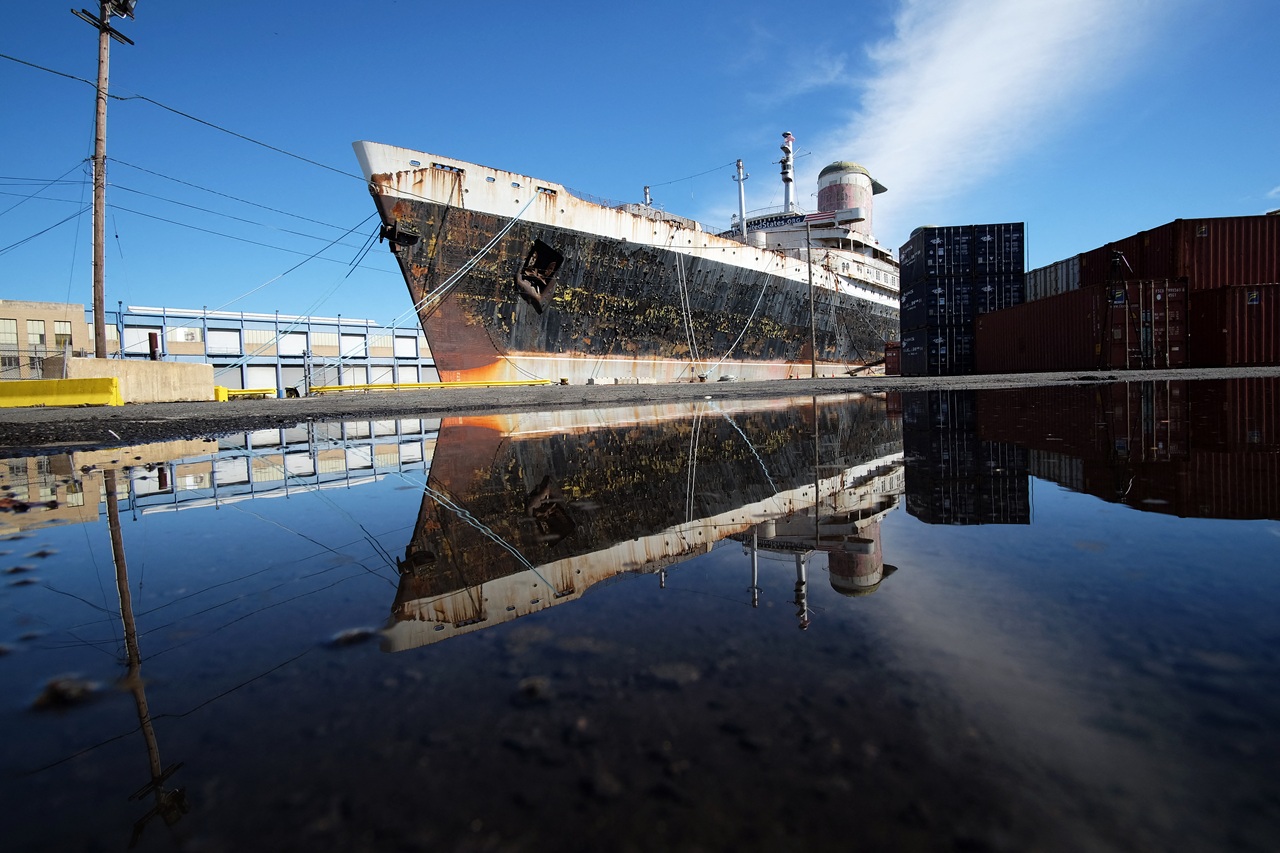
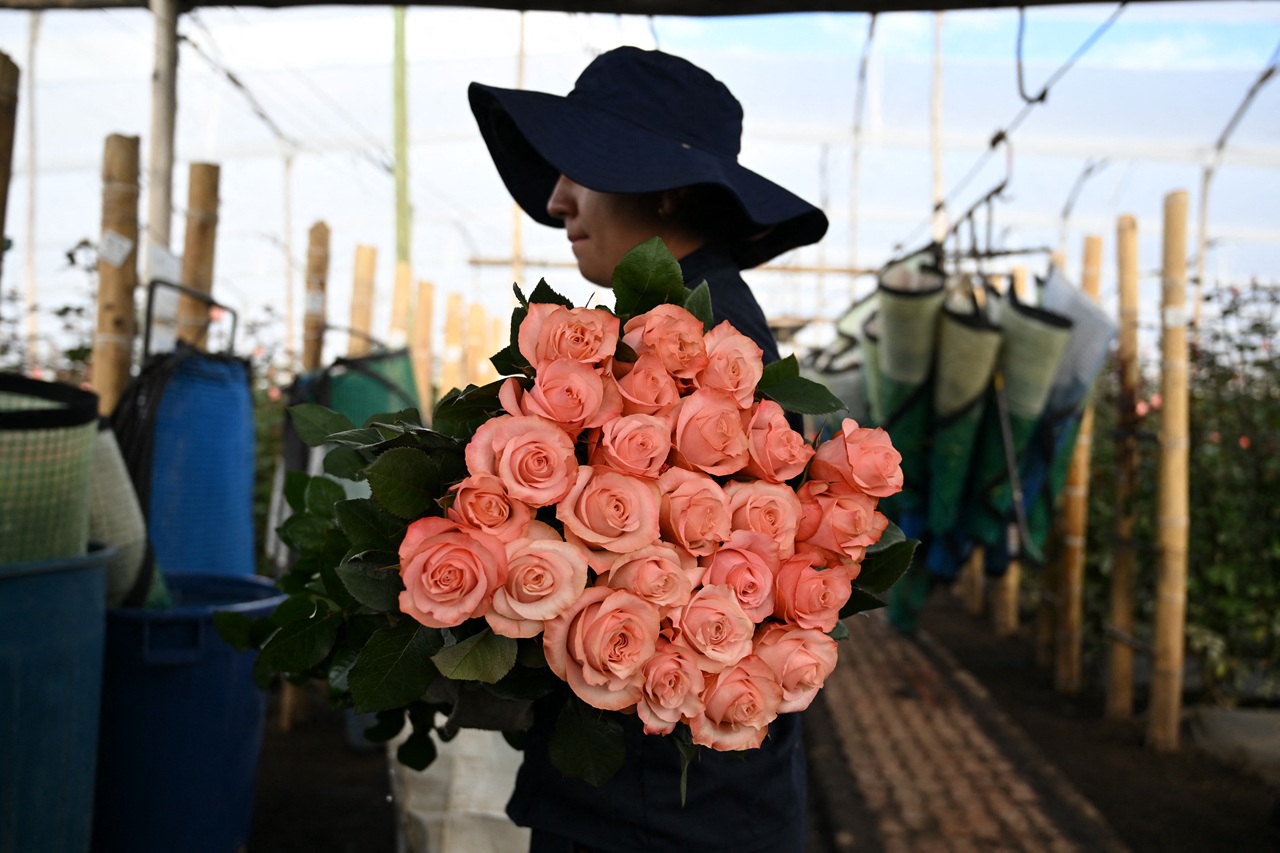
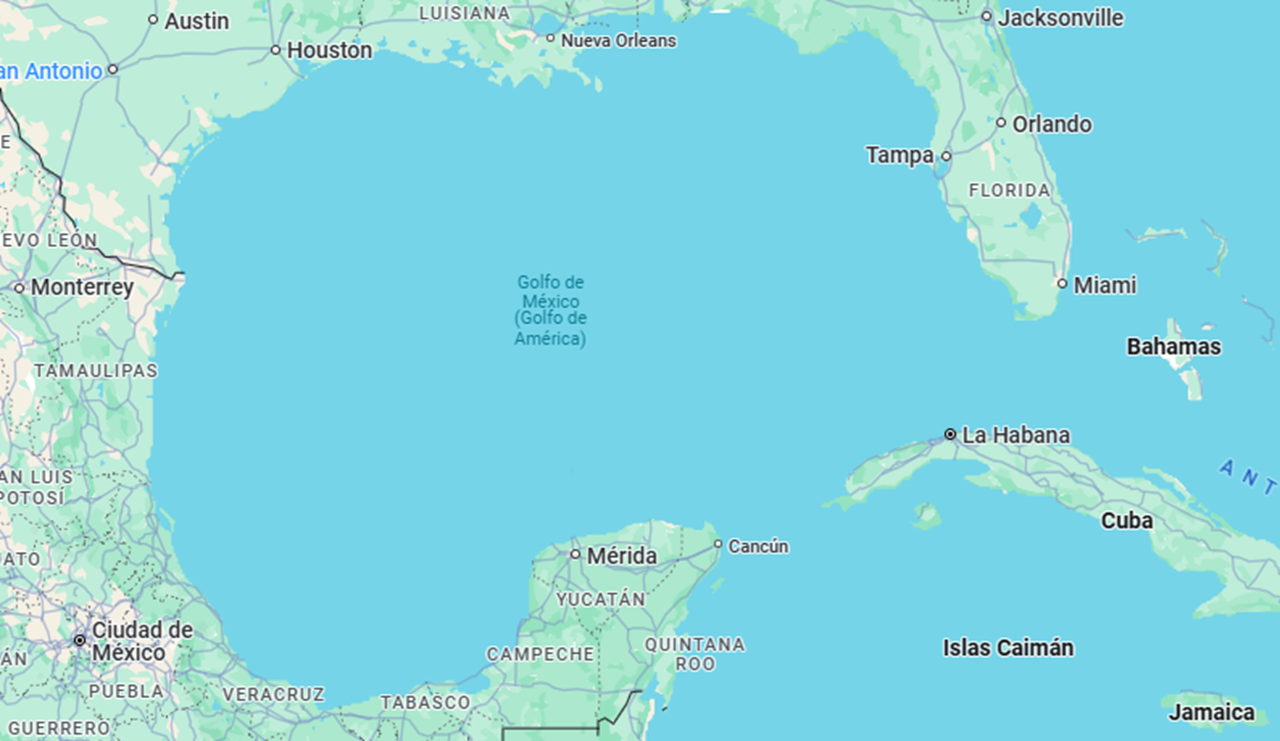
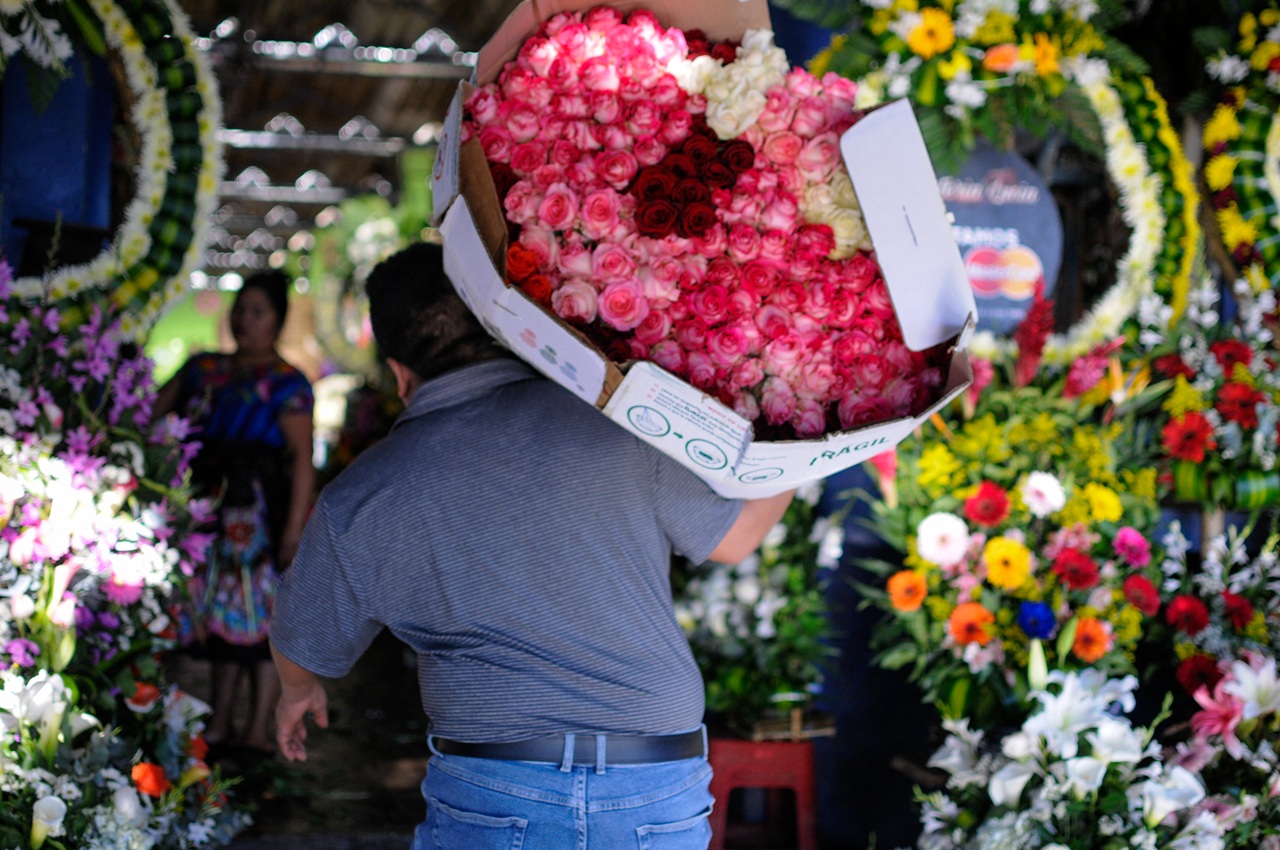
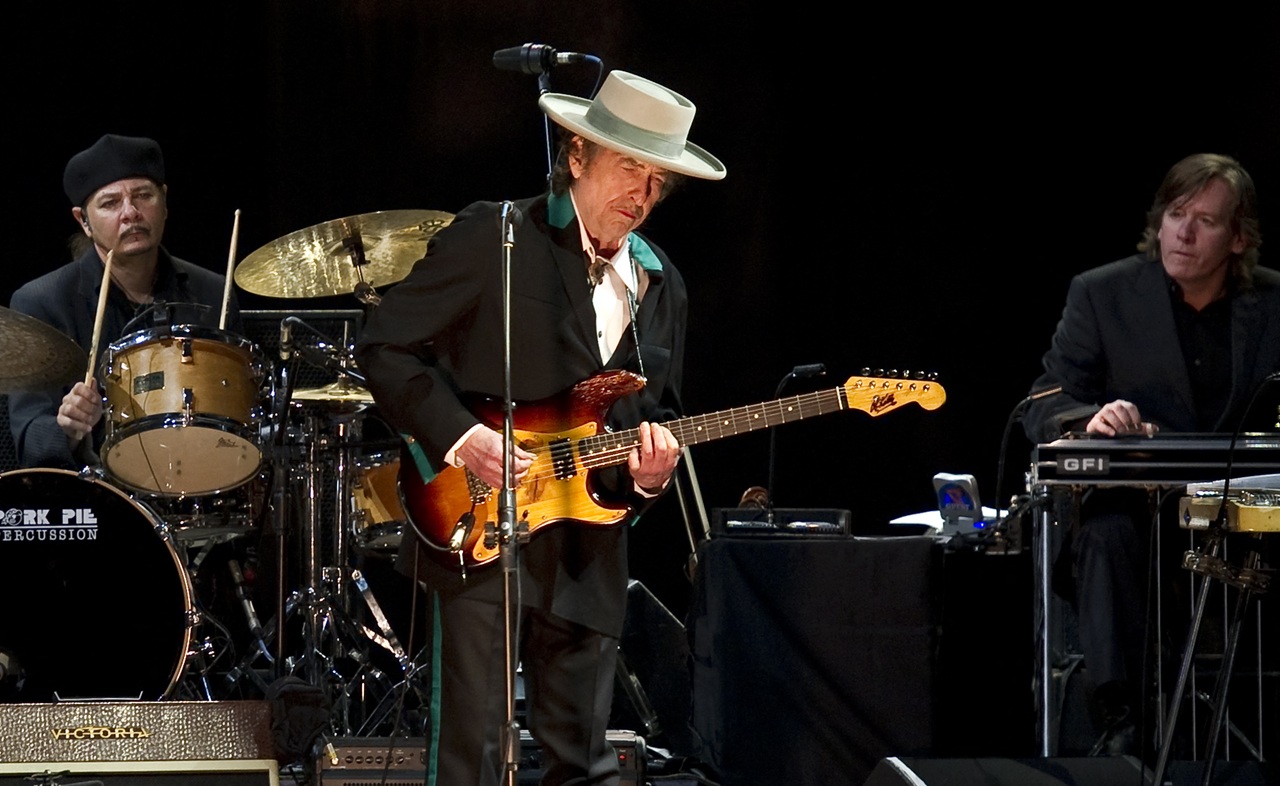


LEAVE A COMMENT: